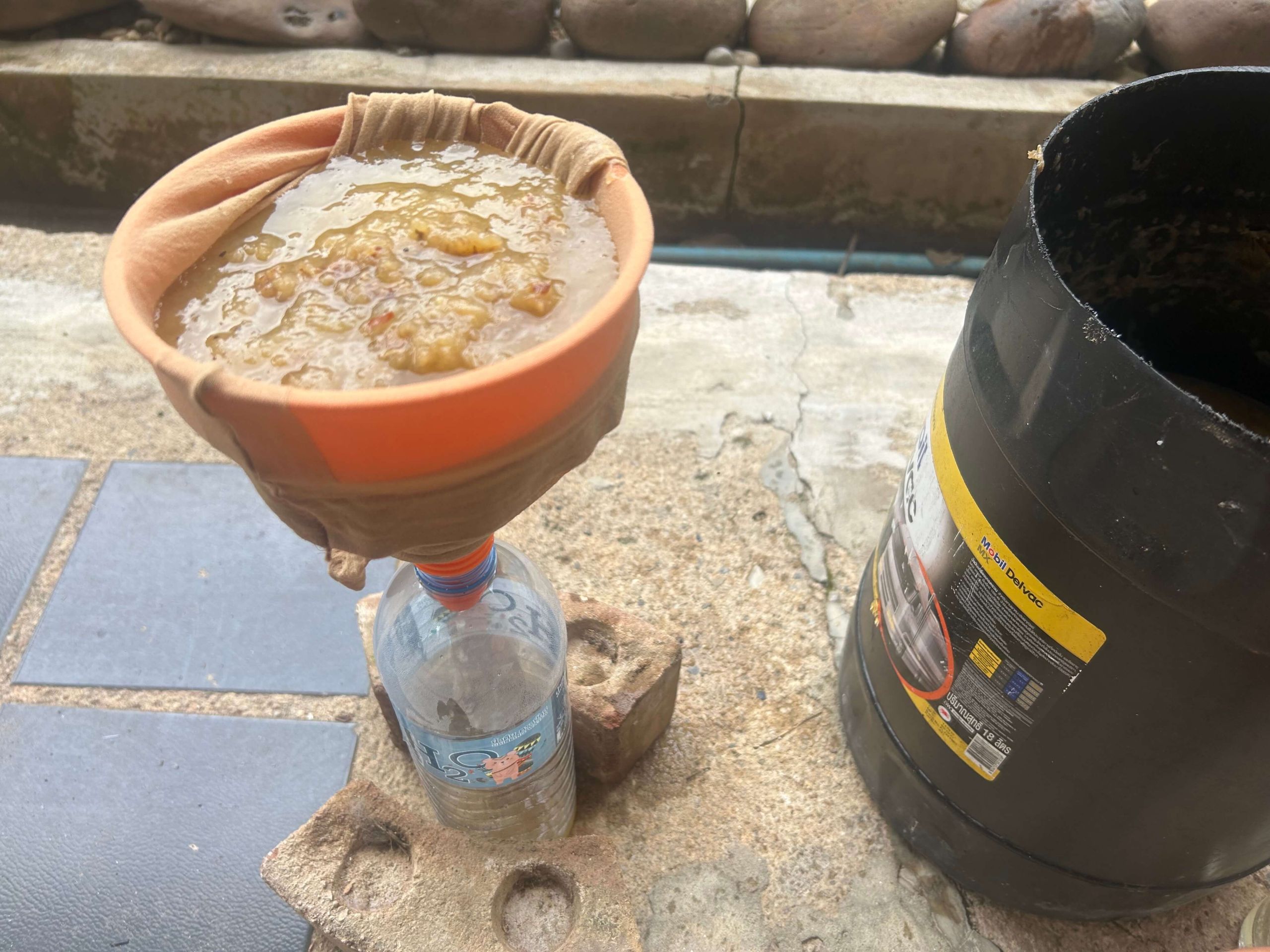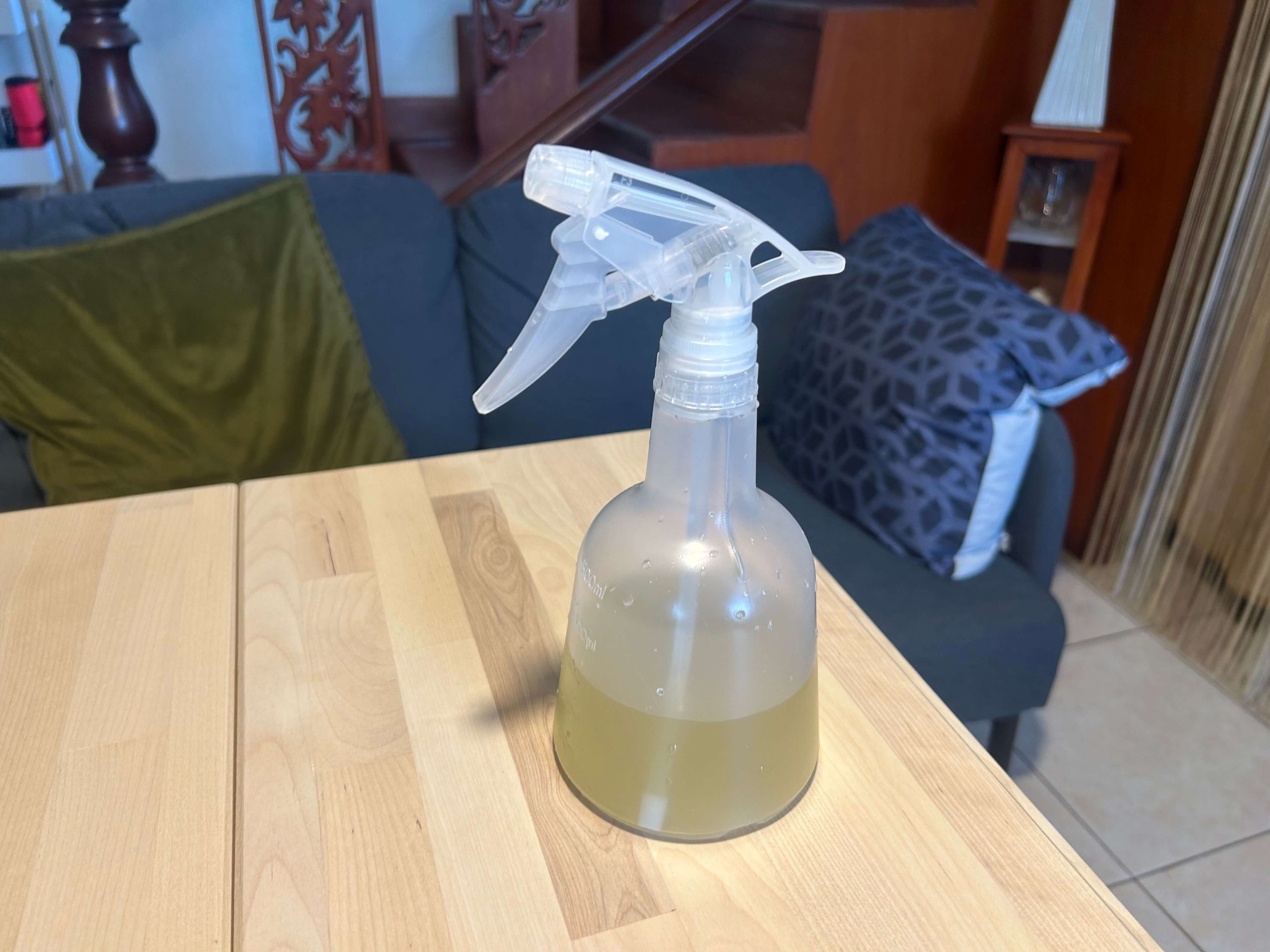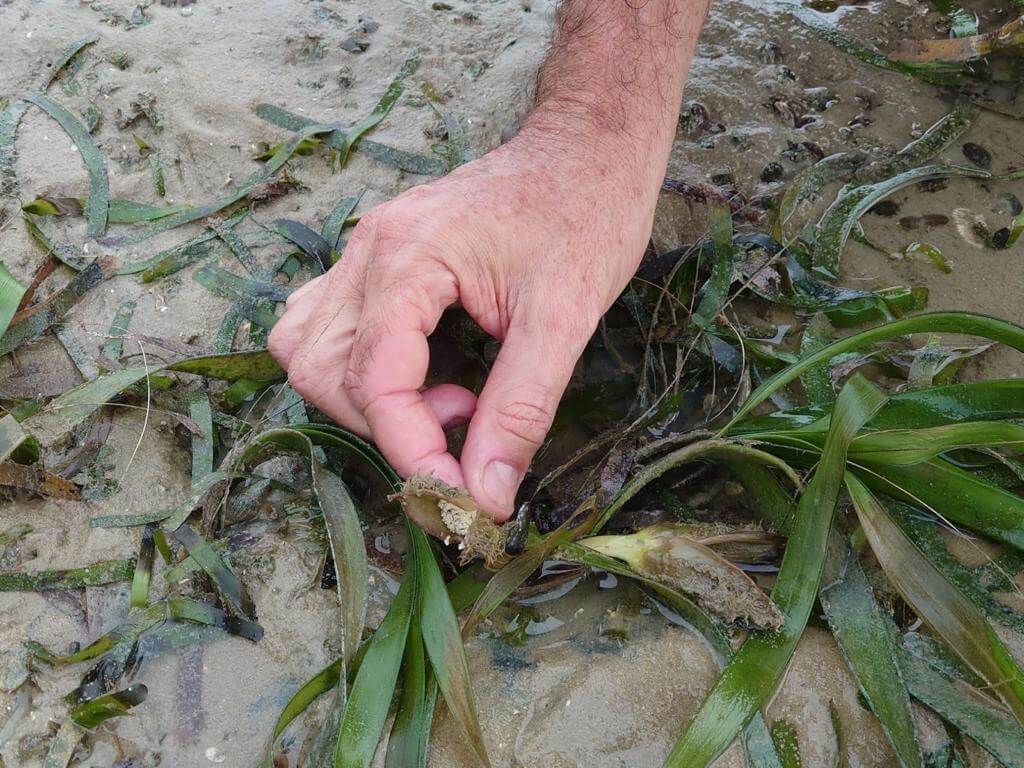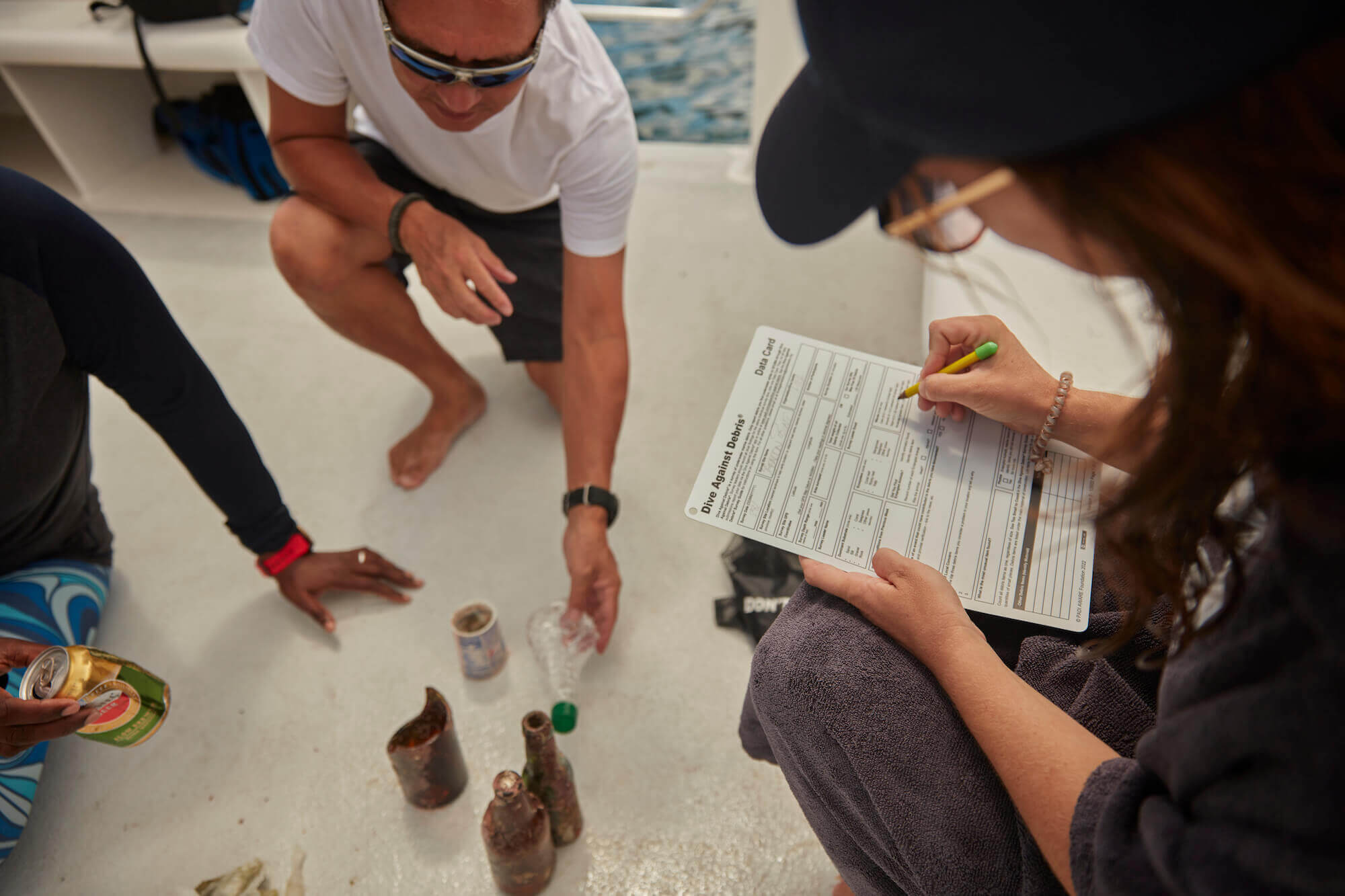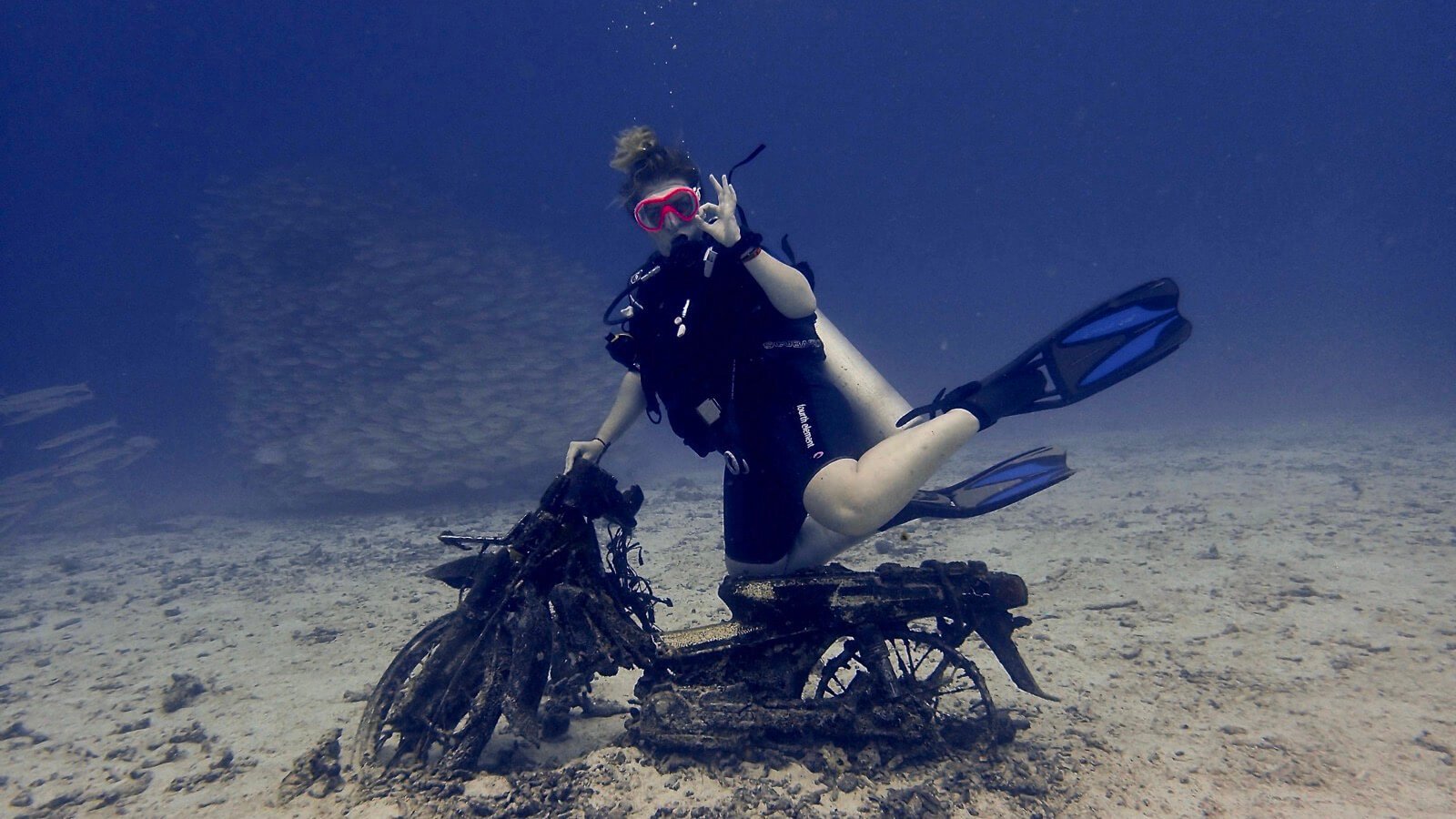Transforming Pineapple Waste into Cleaner Seas
Pineapples, with their tropical allure and sweet taste, are a beloved fruit enjoyed by many. However, it might surprise you to know that nearly half of a pineapple ends up as waste during the preparation process. At Aloha Diving, we have taken a proactive step towards sustainability by transforming this pineapple waste into a powerful cleaning solution that benefits our boat and dive center.
The Pineapple Paradox: A Waste Dilemma

Pineapple waste, often seen as a mere byproduct of the fruit, presents a significant environmental challenge. When pineapples are prepared for consumption, almost 50% of the fruit is discarded as waste. This waste usually ends up in landfills or is improperly disposed of, contributing to environmental degradation. The high moisture content in pineapple waste poses a hurdle for solid waste processing centers like incineration plants, making proper disposal a challenge.
Aloha Diving’s Green Vision
At Aloha Diving, we believe in environmental responsibility and finding innovative solutions to tackle waste and pollution. Our green initiative involves repurposing this pineapple waste to create an enzyme cleaner that serves a dual purpose: promoting sustainability and enhancing cleanliness.
Pineapple Enzyme Cleaner: A Waste-to-Clean Transformation
We have developed an enzyme cleaner using discarded pineapple peels and fruit waste. By fermenting these pineapple remnants, we create a powerful cleaning solution that aids in maintaining a clean and sanitized environment aboard our boat and within our dive center.
Transforming Waste into Wealth
The process begins by collecting the discarded pineapple peels and fruit waste, preventing them from burdening the environment. Through fermentation and careful filtration, we extract enzymes that possess impressive cleaning properties. This natural and biodegradable enzyme cleaner is then utilized for various cleaning purposes, such as removing stains, odors, and grease.
Closing the Loop: Sustainable Fertilization
But our commitment to sustainability doesn’t end there. After the enzyme extraction process, the solid residue left behind is repurposed as fertilizer. This waste-to-fertilizer transformation ensures that every part of the pineapple waste is utilized, minimizing its impact on the environment.
Our Sustainable Tomorrow
At Aloha Diving, we are dedicated to promoting sustainable practices that protect our oceans and preserve the beauty of the natural world we love to explore. Our use of pineapple waste to create an effective cleaning solution is just one step on our journey towards a more sustainable future.
We encourage other businesses and individuals to adopt innovative waste reduction measures, turning what might be considered waste into valuable resources. Together, we can make a significant impact on our environment and move towards a cleaner, greener, and more sustainable world. Aloha to cleaner seas and a brighter future!

